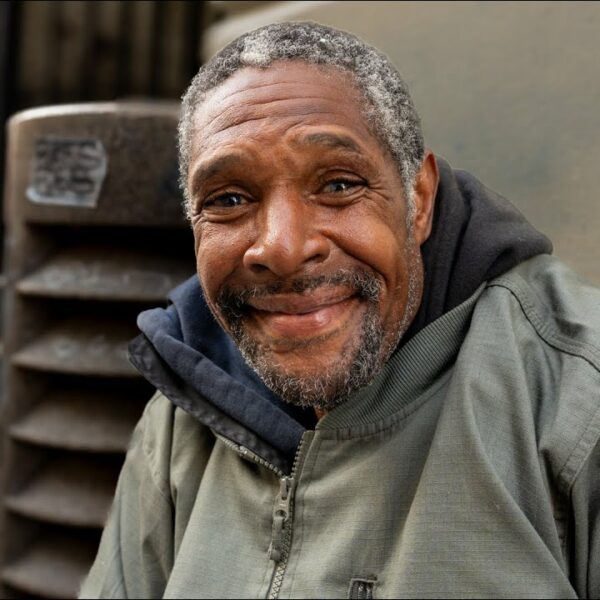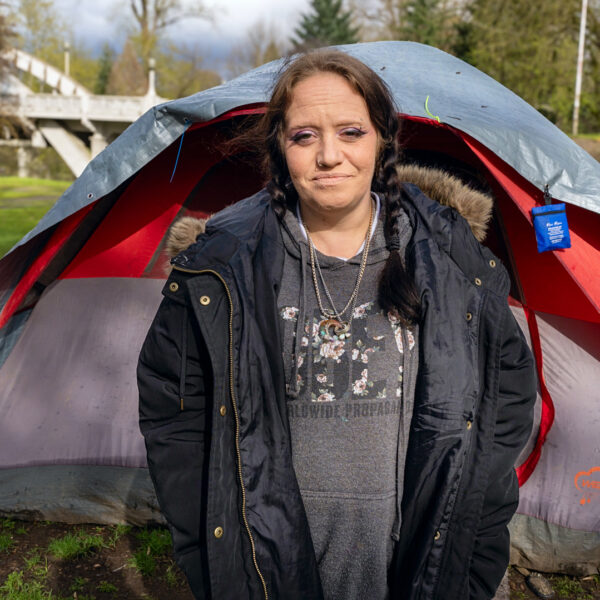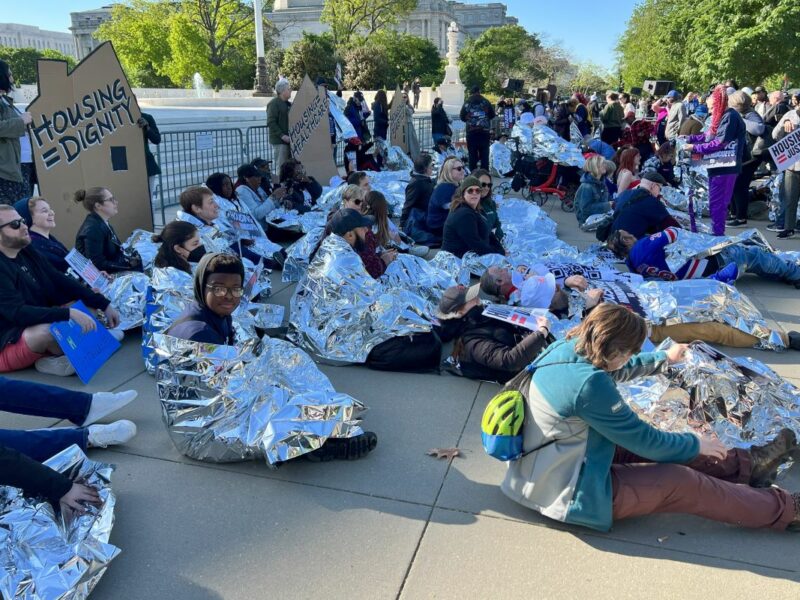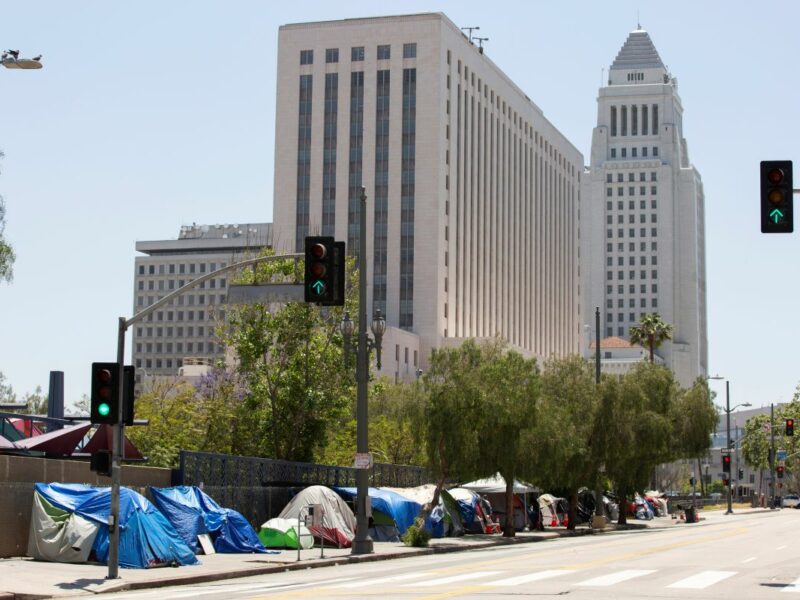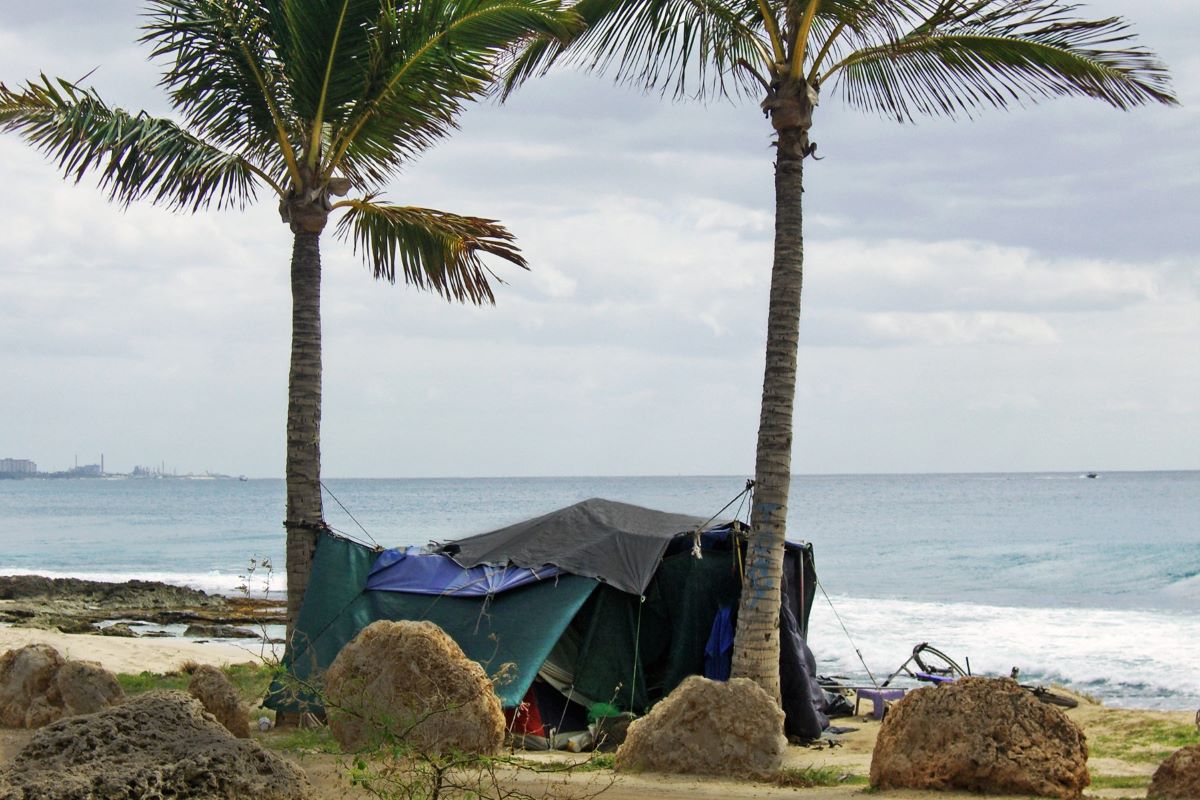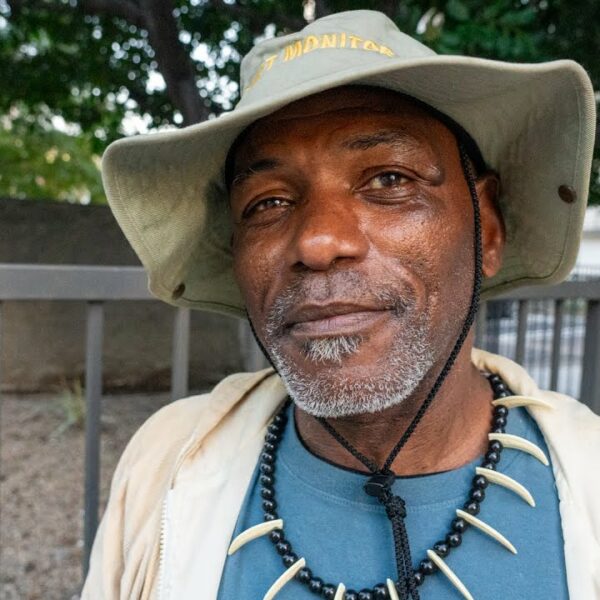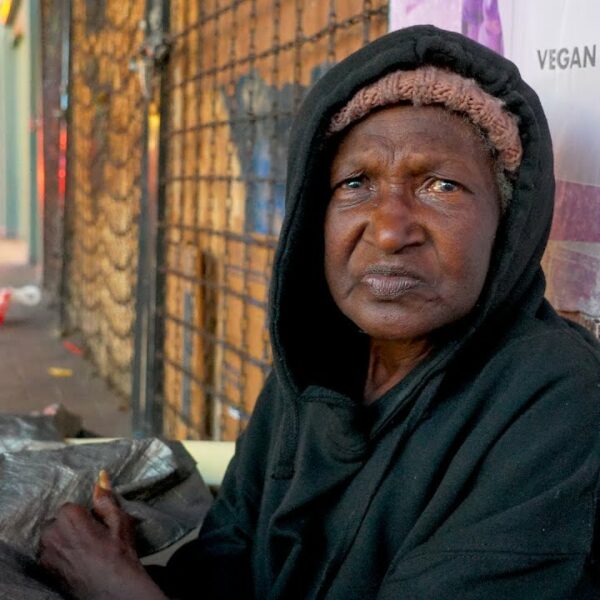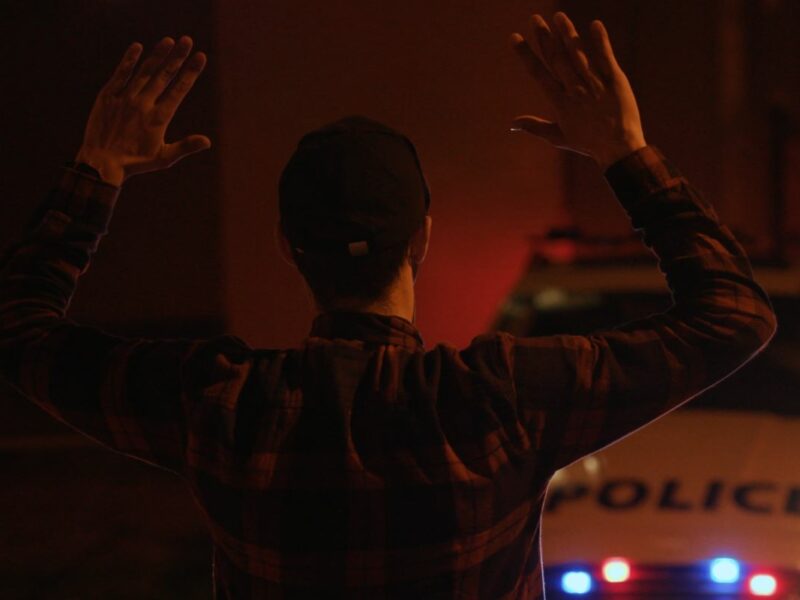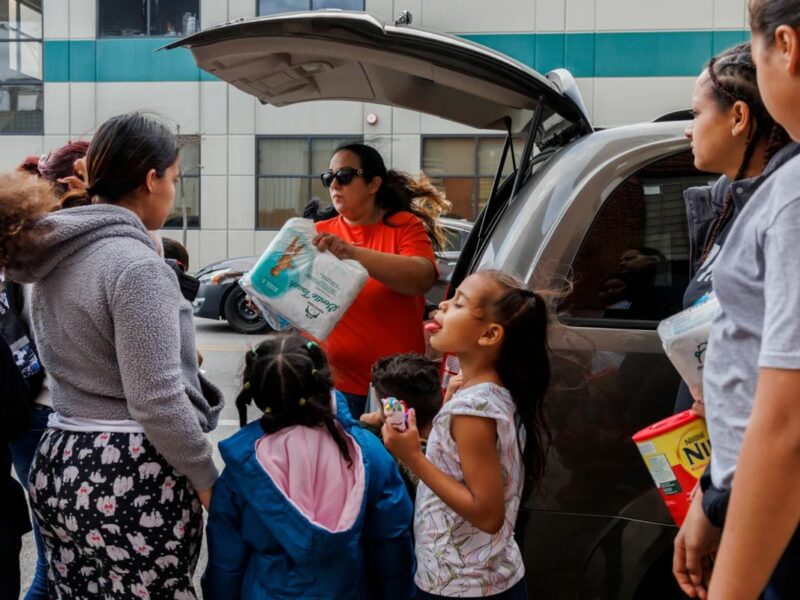When I was much shorter and much younger, even before any of the bad stuff was evident to me, I met Maka. She was my first serious childhood best friend. I was in the 4th grade, and while some kids in my class bullied me, Maka made it her goal to befriend me instead.
One day, on a field trip to the Polynesian Cultural Center, we sat together on the bus. A kid behind us said, “My mom said this is where the homeless drug addicts live,” as she pointed to the shore along the highway.
Another kid added, “Well, my auntie says it’s dangerous here.” Maka replied, “it’s not dangerous! Your auntie is dumb.”
Beach encampments are no rare sight on Oahu, especially when the cost of living is so high and minimum wage barely makes a dent.
I grew up a few towns away from Waianae, in Waipahu. Even then, some 20 years ago, the stereotypes of those who came from that side of the island were potent. So potent that my Mom never drove that way – even though Maka lived there, and I wanted to go to her birthday party that year.
Recently I’ve been watching a handful of documentaries by Peter Santenello, a journalist with 1.5 million subscribers on YouTube. He takes a deep dive into various communities, often those we don’t see or hear much about, including the Native American and Indigenous communities of America. I think these demographics can often be overlooked when it comes to poverty and homeless coverage. These are communities that don’t get a lot of airtime.
In one of Santenello’s recent videos, “Poorest Native American Reservation – What It Really Looks Like,” we learn from a resident of Pine Ridge Reservation just how intensely drugs had impacted their community once they found their way in. Many of the government-built homes are now boarded up and abandoned. Between a very old sweat lodge and a Christian church, it reminded me a lot of home. I was watching a community of native people trying to save themselves and, essentially, reverse the damage done to their people over many generations.
This isn’t the first time Invisible People has shined the light on these communities.
In fact, this is also not the first time I’ve discussed homelessness in Hawaii. I discuss homeless issues among native Hawaiians, and their long fight for securing a home, both in terms of housing and their land, in “Native Hawaiians Are Disproportionately Affected by Poverty and Homelessness.”
Invisible People journalist Cynthia Griffith also mentions Pine Ridge Reservation in her article, Homeless in Their Homeland, a Modern Native American Struggle:
“The homeless population in Pine Ridge suffers an isolated existence racked by joblessness, disease, and an incredibly low life expectancy due to extreme conditions. With an unemployment rate above 80% and the median income level peaking at $4,000 per year, most residents live in shacks that lack basic components such as electricity and running water.”
She also teaches us just how disproportionately affected Native Americans are by poverty and homelessness:
“As of 2019, Native Americans account for approximately 1.5% of North America’s population, yet they make up more than 10% of the homeless population nationally.”
Cynthia urges us to support homeless Native Americans:
“The National Wildlife Federation Tribal Lands Conservation Program is one of a few examples of national homeless outreach geared toward Native Americans. Another way you can get involved is by contacting your legislators and letting them know you expect solutions to the homeless crisis currently plaguing our nation.”
I strongly encourage you to learn about homelessness affecting these communities and bring attention to these otherwise invisible situations. We need to bring light to these situations to begin to rectify them. Without journalists like the ones mentioned above, we would know very little about homelessness and poverty among native people. But with you, we can make a difference.
Shining a light is a start and will help avoid that conversation I had on the school bus 20 years ago. If we can see homeless people as simply people, like you and me, we can break down those stereotypes and barriers that prevent us from seeing them, hearing them, and ultimately helping them.



